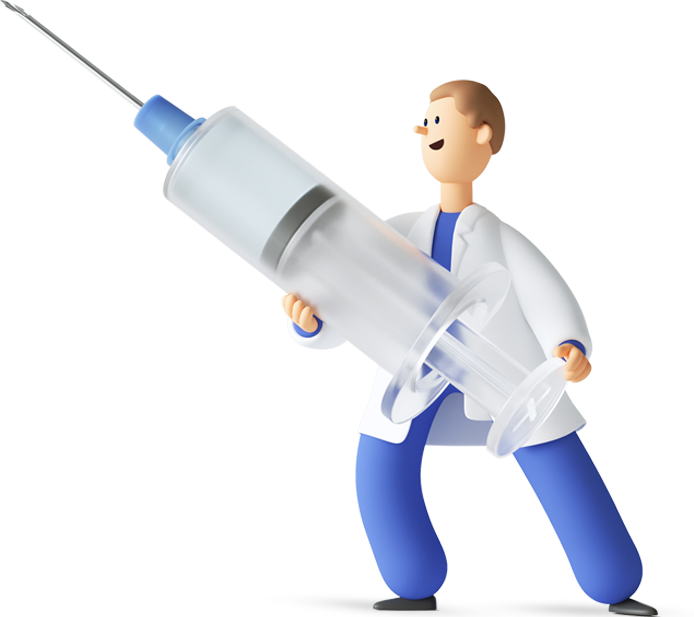
What is Myopia?
Myopia is a visual impairment caused by a defect in the refraction of light in the eye. Normally, the cornea and lens focus the incoming light on the retina, providing a clear image. However, in myopia, light is focused in front of the retina and distant objects appear blurred. This can be caused by anatomical features such as the cornea or lens being too curved or the eyeball being longer than normal.
Causes of Myopia
The main causes of myopia include genetic factors, the length of the eyeball and the excessive curvature of the cornea. Factors such as a family history of myopia, children spending too much time indoors, focusing on close-range work for a long time and diabetes can increase the risk of myopia.
What are the Symptoms of Myopia?
Myopia is usually characterised by an inability to see distant objects clearly. People with myopia may squint to see better and may experience headaches and eye strain. Also, some people may have difficulty driving at night or seeing in low light.

How is Myopia Diagnosed?
Myopia is diagnosed by a comprehensive eye examination by an ophthalmologist. Tests such as refraction testing, retinoscopy, ophthalmoscopy and keratometry determine the focusing power of the eye and the degree of myopia.
Myopia Treatment Methods
Glasses and contact lenses are the most common options for the treatment of myopia. Laser treatment (LASIK or PRK) and Ortho-K lenses that reshape the cornea can also be applied. Surgical options are available for patients who are highly myopic and for whom laser treatment is not suitable.
Other eye problems that may be caused by myopia
Untreated myopia can lead to eye diseases such as strabismus, lazy eye, retinal detachment, glaucoma and cataract. Therefore, it is important for people with myopia to have regular eye examinations.


